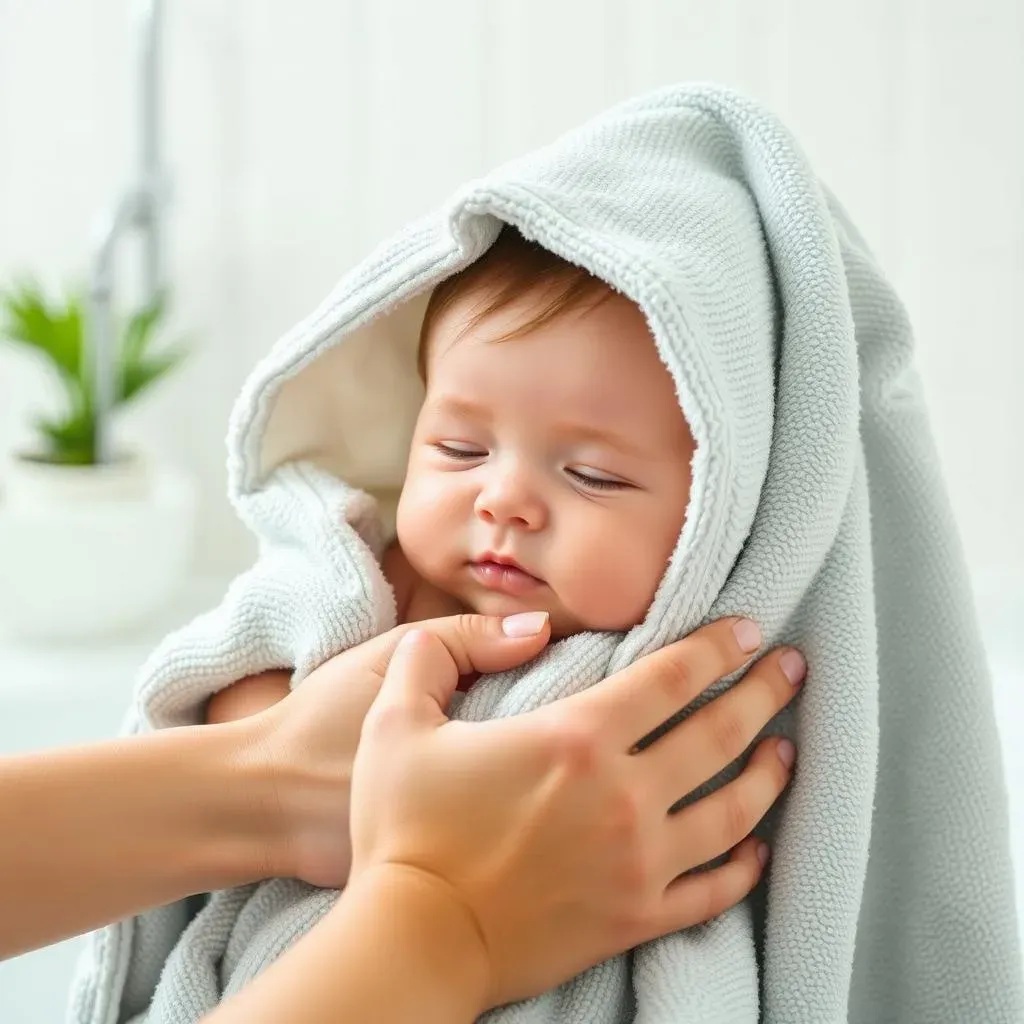Table of Contents
Bath time with your baby should be a joyful experience, but it often comes with a flurry of questions: Which soaps are gentle enough? Is the water temperature just right? And, of course, can you use regular towels on babies? It's a question every parent ponders, standing there with a mountain of baby-specific products staring back at them. Are those adorable hooded towels truly essential, or can you reach for the same plush towels you use every day? This article dives deep into the world of baby bath time, separating fact from fiction. We'll explore the potential risks and benefits of using regular towels on your little one, compare them to baby towels, and offer practical tips for making the best choice for your family. Get ready to simplify your baby care routine and maybe even save a few bucks along the way!
Are Regular Towels Safe for Baby's Skin?
Are Regular Towels Safe for Baby's Skin?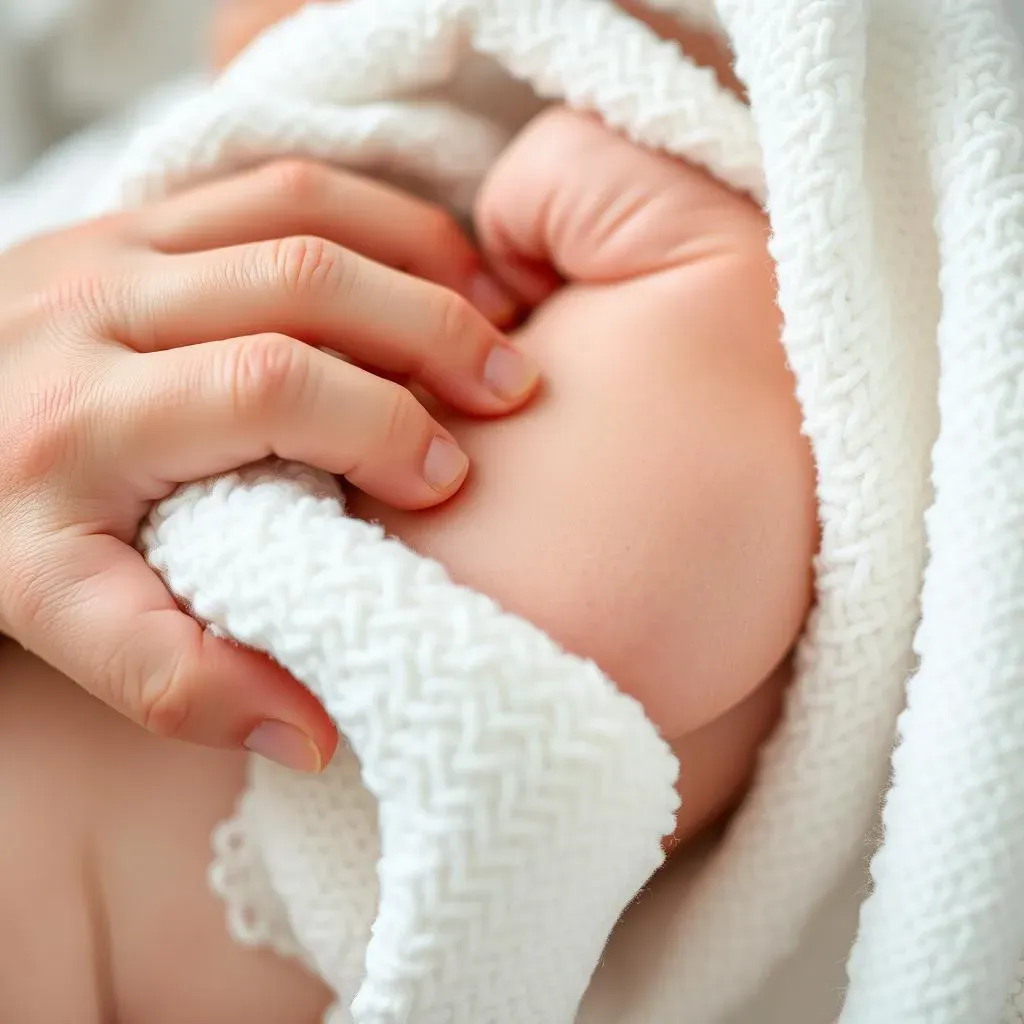
So, are regular towels safe for baby's skin? The short answer is: it depends. A baby's skin is much more delicate and sensitive than an adult's. It's thinner, more prone to irritation, and hasn't fully developed its protective barrier. That's why choosing the right materials is super important. Think about it – you wouldn't use sandpaper on a newborn, right? (Please say no!). The key considerations here are the towel's material, its texture, and how well it's laundered. Harsh chemicals and rough fibers can cause rashes, dryness, or even allergic reactions. But don't worry, it's not all doom and gloom! With a little knowledge and some smart choices, you can totally make regular towels work for your little one.
Baby Towels vs. Regular Towels: What's the Real Difference?
Baby Towels vs. Regular Towels: What's the Real Difference?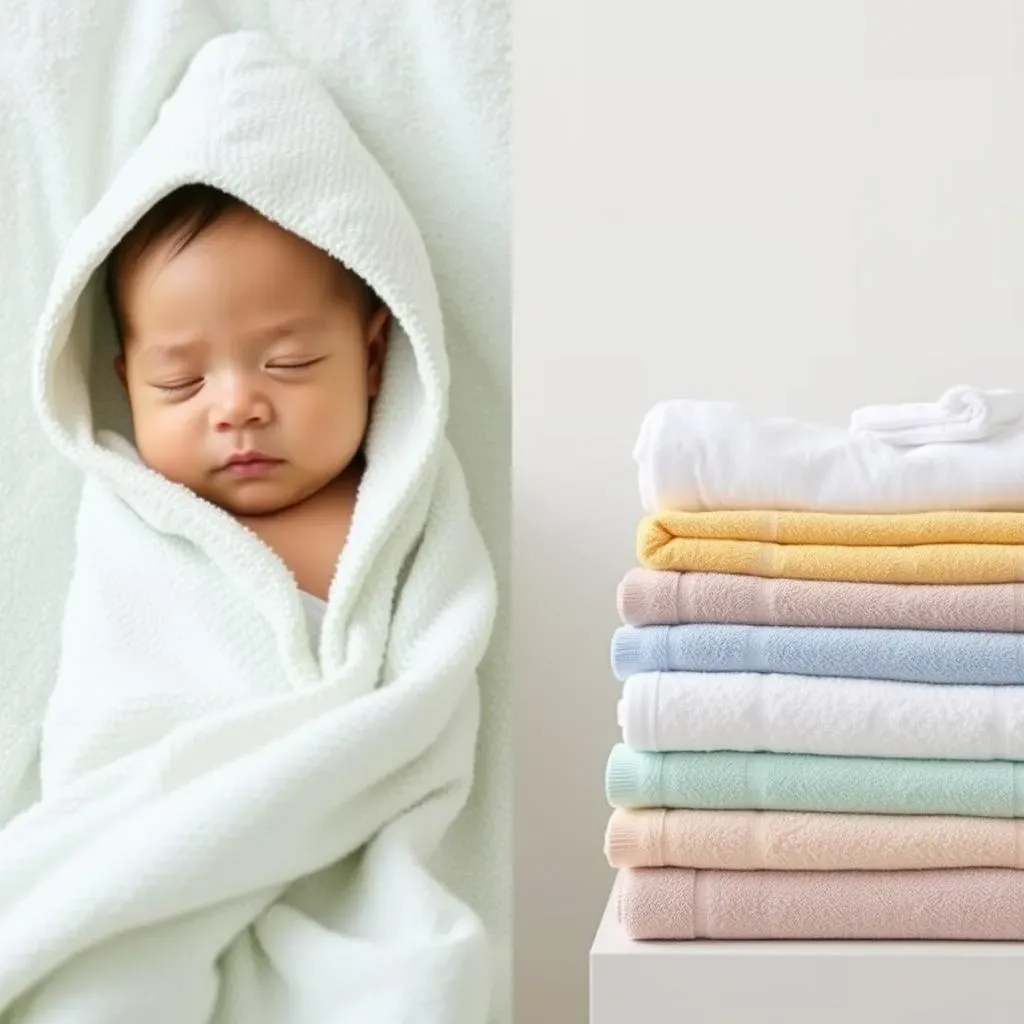
so let's break down the showdown: baby towels vs. regular towels. What's the real deal? Honestly, it mostly boils down to size, material, and marketing. Baby towels are often smaller, usually around 30x30 inches, making them easier to handle when you're swaddling a tiny human. They're frequently made of super-soft materials like cotton or bamboo, and sometimes come with a cute little hood. Regular towels, on the other hand, are larger and come in a wider variety of materials, from your basic cotton to fancy-schmancy Egyptian cotton. The biggest difference? Price. Baby towels can sometimes be marked up simply because they're marketed for babies. Now, let's get into the nitty-gritty of materials and what to look for.
Feature | Baby Towels | Regular Towels |
|---|---|---|
Size | Smaller (around 30x30 inches) | Larger (various sizes) |
Material | Soft cotton, bamboo | Cotton, Egyptian cotton, microfiber |
Price | Generally more expensive | Generally less expensive |
Hood | Often included | Rarely included |
How to Choose the Best Regular Towels for Your Baby
How to Choose the Best Regular Towels for Your Baby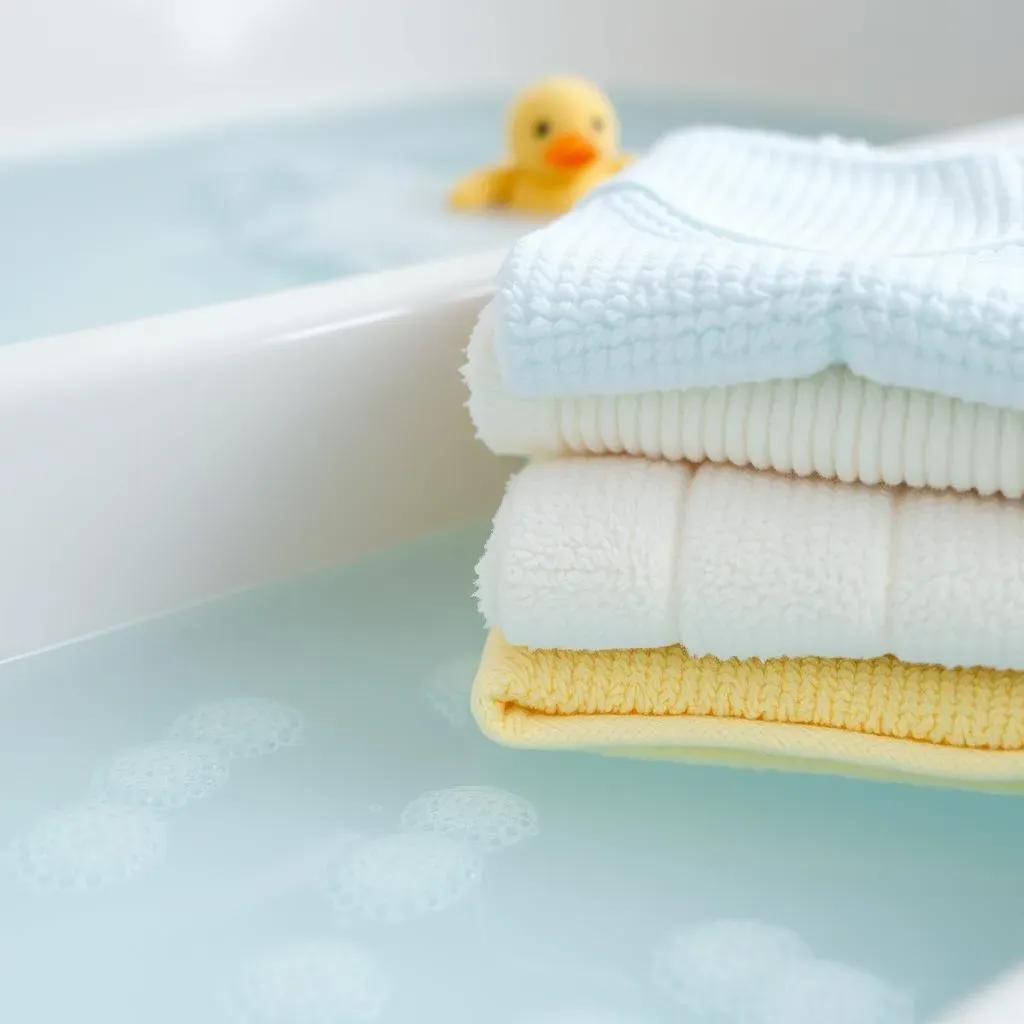
Material Matters: Softness and Absorbency
so you're ditching the baby aisle and heading for the regular towel section – smart move! But how to choose the best regular towels for your baby? First things first: material. You want something that's going to be gentle against that sweet baby skin. Look for 100% cotton, especially Turkish or Egyptian cotton, as they're known for their softness and absorbency. Bamboo towels are another great option – they're naturally antibacterial and super gentle. Microfiber towels are absorbent, but some can be a bit rough, so test them out before committing. Avoid anything with scratchy embellishments or synthetic fibers that could irritate your little one's skin. Remember, you're aiming for a spa-like experience, not a sandpaper scrub!
Texture and Weave: Finding the Perfect Touch
Next up: texture and weave. This is where things get a little more nuanced. Towels come in different weaves, like terry cloth, waffle weave, and ribbed. Terry cloth is the most common, with its loops providing excellent absorbency, but make sure the loops are soft and not too dense. Waffle weave towels are lightweight and quick-drying, which can be handy, but they might not be as plush. Ribbed towels are another option, offering a balance of absorbency and softness. Ultimately, the best way to find the perfect texture is to feel it for yourself. Rub the towel against your cheek – if it feels good to you, it'll probably feel good to your baby too! And don't forget to wash the towel before using it to remove any lingering chemicals or manufacturing residues.
Practical Tips: Drying Your Baby Safely with Regular Towels
Practical Tips: Drying Your Baby Safely with Regular Towels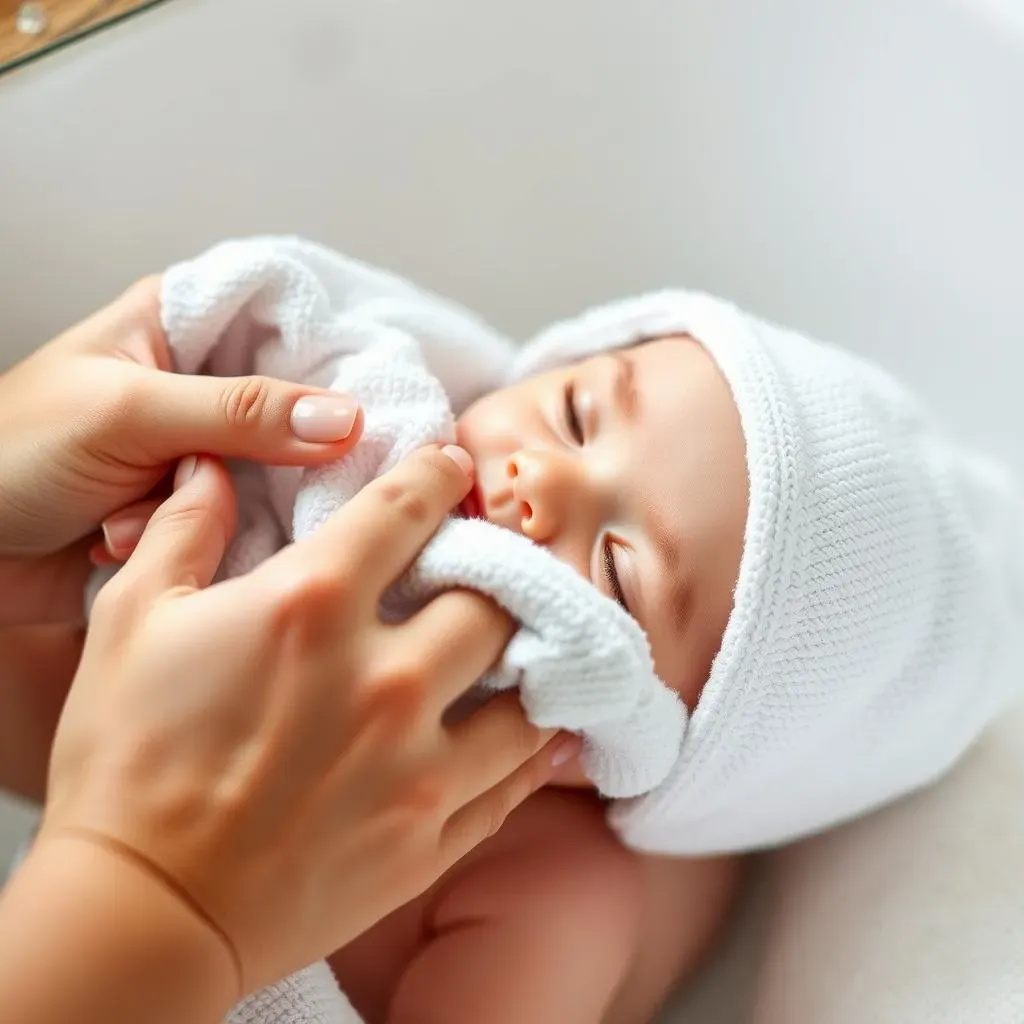
Gentle Patting vs. Vigorous Rubbing
Alright, you've got your super-soft towel, now let's talk technique! When it comes to drying your baby safely with regular towels, the key is gentleness. Forget about rubbing – that's a no-go! Instead, use a patting motion to absorb the water from their skin. Patting minimizes friction, which is crucial for preventing irritation. Start with their head and work your way down, paying extra attention to creases and folds where moisture can hide. Think of it like you're blotting away the water, not scrubbing it off. And remember, patience is your friend here. Rushing the process can lead to missed spots and potential discomfort for your little one.
Also, keep in mind that a damp baby is a chilly baby. Have everything ready before you even take them out of the tub – diaper, clothes, lotion, the whole shebang. This will help you minimize the time they spend exposed to the air, reducing the risk of them getting cold. And speaking of cold, make sure the room is nice and warm too! A cozy environment makes the whole drying experience much more pleasant for everyone involved.
Focus on the Folds: Preventing Moisture Buildup
One of the most important (and often overlooked) aspects of drying your baby is focusing on those adorable little folds. We're talking neck rolls, armpit creases, leg folds – all those nooks and crannies where moisture loves to linger. Trapped moisture can lead to irritation, chafing, and even yeast infections, so it's crucial to keep these areas dry. Gently lift each fold and pat dry with the corner of the towel. You can even use a soft cotton swab to get into those really hard-to-reach spots.
And here's a pro tip: after drying, consider applying a thin layer of baby-safe lotion or ointment to these areas to create a protective barrier against moisture. This is especially helpful if your baby is prone to skin irritation. Just make sure the lotion is fragrance-free and hypoallergenic to avoid any potential reactions. A little extra care in these areas can go a long way in keeping your baby's skin healthy and happy!
Wrapping Up: Towel Time Simplified
So, can you use regular towels on babies? The answer, as we've explored, is a resounding "it depends." By prioritizing safety, softness, and absorbency, you can confidently choose the best option for your little one, whether it's a regular towel or a baby-specific one. Ultimately, the goal is to create a comfortable and enjoyable bath time experience for both you and your baby. Trust your instincts, pay attention to your baby's skin, and don't be afraid to experiment to find what works best. Happy bathing!
